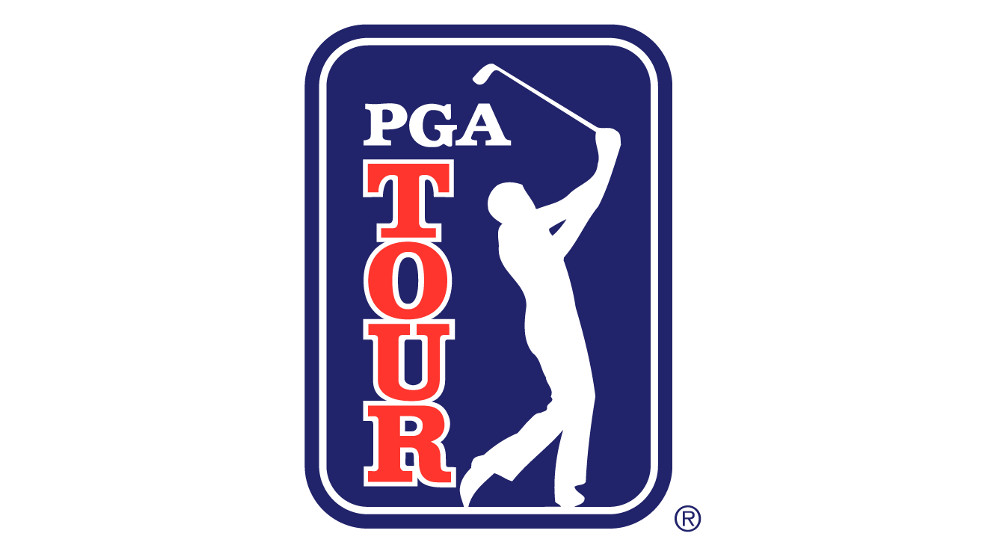Fantasy golf formats have changed over the years, with DraftKings, Yahoo, Golf Channel and the PGA Tour all offering different games that have different strategies and nuance.
However, the one-and-done fantasy golf format has become one of the most popular. The reason is obvious: It's simple. How one-and-done works cannot be more clear. You pick one golfer for each tournament of the season, and you can only use that golfer once. The player who earns the most points or dollars then wins the contest.
These leagues have often existed over email and message boards, without a well-known platform to manage a one-and-done league. Now, that's changed. For 2017, the PGA Tour has introduced a one-and-done league for the 40 tournaments it will run in '17. Their league will be based on FedEx Cup points (naturally), which elevates the major championships, World Golf Championships and The Players above other events during the regular season. The four FedEx Cup playoff events will also award what amounts to quadruple points against standard-issue events.
So, how do you win at one-and-done fantasy golf? Honestly, one-and-done strategy isn't all that different than other fantasy golf formats.
Sit down with the PGA Tour schedule and look at events where certain golfers have a great history of playing well. Think about trends like Tiger Woods at Torrey Pines, Steve Stricker at the John Deere Classic, Jason Day on any Pete Dye course, Jordan Spieth and Bubba Watson at the Masters. There are plenty more other cases of players who are clearly horses for specific courses. You can figure out at least half of your schedule based on horses for courses. Ultimately, you'll want to slot those golfers in the highest-profile tournament for which they have a great track record, keeping a player's current form in mind -- if it's garbage, don't play them. That'll allow you to maximize their value if the historical trends hold.
For the rest of the schedule, current form becomes more of a relevant factor than course history. You're trying to identify a hot hand who can conceivably play well at a particular tournament based on having modest success (top-25, top-15 finishes) at that venue, as opposed to our clear horses for courses who have wins and top-5 finishes.
Of course, we have tournaments on the schedule that aren't played at the same venue every year. Three of the four majors rotate venues, and neither Erin Hills (U.S. Open) nor Quail Hollow (PGA Championship) have ever hosted a major championship, though Quail Hollow hosts the Wells Fargo Championship. Then there are tournaments like the Open Championship, The Northern Trust (nee The Barclays) and the BMW Championship, which have a known rotation. Past history on those venues is relevant but not nearly as important as year-to-year form. Those picks are often the riskiest because they come in the highest-profile, most important events. A good rule of thumb is to pick a top 50 player for those weeks.
In one-and-done, there is an emphasis on efficiency because you don't have a team of golfers to bail out a potentially bad pick. However, it is a simple, fun format that can compel hours of research or a snap pick each week.

